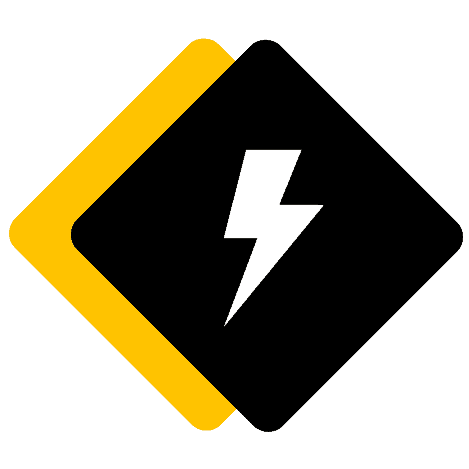An LFP (Lithium iron phosphate) battery is a type of rechargeable lithium-ion battery that uses iron phosphate as the cathode material. Unlike other lithium-ion batteries, LFP batteries do not contain cobalt or other toxic metals, making them safer, more environmentally friendly, and more durable.
Advantages of LFP batteries compared to Lithium-ion batteries:
Safety: LFP batteries are safer than Lithium-ion batteries, as they have a lower risk of thermal runaway, a condition in which the battery overheats and becomes a fire risk. (Argonne National Laboratory, n.d.)
Longevity: LFP batteries have a longer lifespan than Lithium-ion batteries, due to their more stable cathode material and ability to withstand high temperatures. LFP batteries can also withstand a larger number of charge and discharge cycles, meaning they can last longer before needing to be replaced. This makes them ideal for use in applications that require long-term power storage, such as solar panels and wind turbines. (J. Zhang & J. B. Goodenough, 2007)
Environmentally Friendly: Unlike Lithium-ion batteries, which often contain cobalt and other toxic metals, LFP batteries are made from more environmentally friendly materials, making them a more sustainable option. (C. D. Lu et al., 2010)
Recharging: LFP batteries can tolerate being charged to 100% better. In fact, Tesla recommends charging the battery to 100% at least once per week to assist the battery management system. Normal Lithium-ion batteries can degrade over time if they are always charged to 100%. The irony is that many people purchase a Tesla long range for extra range (obviously) but should only charge to 90% each night to protect the battery. 90% is around the same as the LFP battery range! Obviously a benefit of the long range is if you are doing long distant driving often but it’s something to keep in mind.
Disadvantages of LFP batteries compared to Lithium-ion batteries:
Energy density: LFP batteries have a lower energy density compared to Lithium-ion batteries, meaning they store less energy in a similar size. This makes them less suitable for use in applications where weight and size are important considerations, such as high performance electric vehicles and smartphones. (Argonne National Laboratory, n.d.)
Performance: LFP batteries have a lower discharge rate compared to Lithium-ion batteries, meaning they do not perform as well in high-power applications, such as power tools and high performance electric cars. (Argonne National Laboratory, n.d.)
Despite these disadvantages, LFP batteries have become increasingly popular in recent years, especially in the renewable energy and electric vehicle industries.
Which Tesla Vehicles have an LFP battery?
LFP Batteries: Currently in the Tesla RWD and Model 3 RWD
Lithium-ion Batteries: Tesla Model Y Performance, Model 3 Long Range and Performance.
In conclusion, LFP batteries are becoming popular in electric vehicles because they offer a longer cycle life and are a safe, durable, and environmentally friendly alternative to Lithium-ion batteries. They do have limitations in terms of energy density and performance so sporty models may stick with lithium-ion batteries. As the demand for sustainable and safe energy storage solutions continues to grow, it is likely that LFP batteries will play an increasingly important role in the future.
Finally, if you are scratching your head trying to workout the best home charging setup and what your options are check out our Tesla Home Charging calculator. We think you’ll find it very helpful.
Sources:
Argonne National Laboratory. (n.d.). Lithium Iron Phosphate (LFP) Batteries.
J. Zhang, & J. B. Goodenough. (2007). Conversion Reactions of Lithium Iron Phosphate. Journal of the American Chemical Society, 129(44), 13169-13171.
C. D. Lu, Y. H. Lin, J. F. Chang, & Y. S. Lin. (2010). Lithium iron phosphate as a cathode material for rechargeable lithium batteries. Journal of Power Sources, 195(9), 2419-2423.



